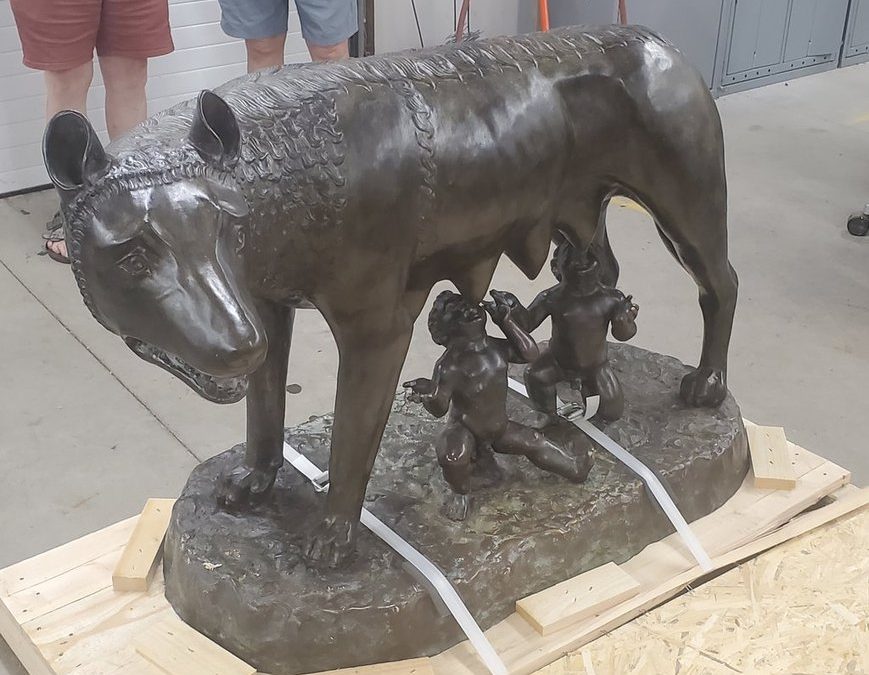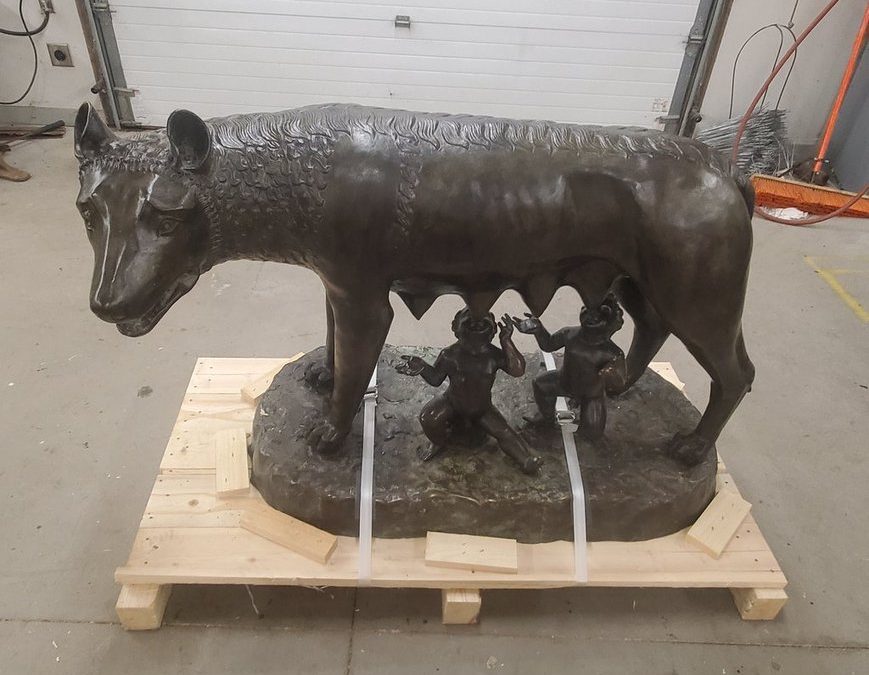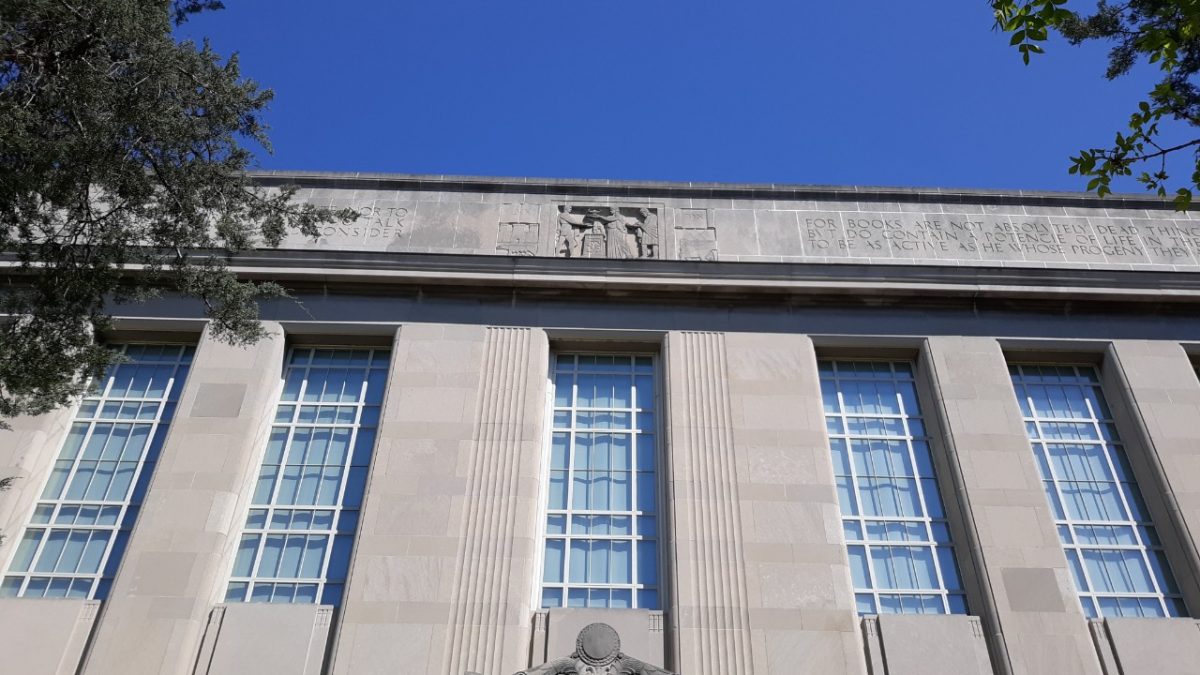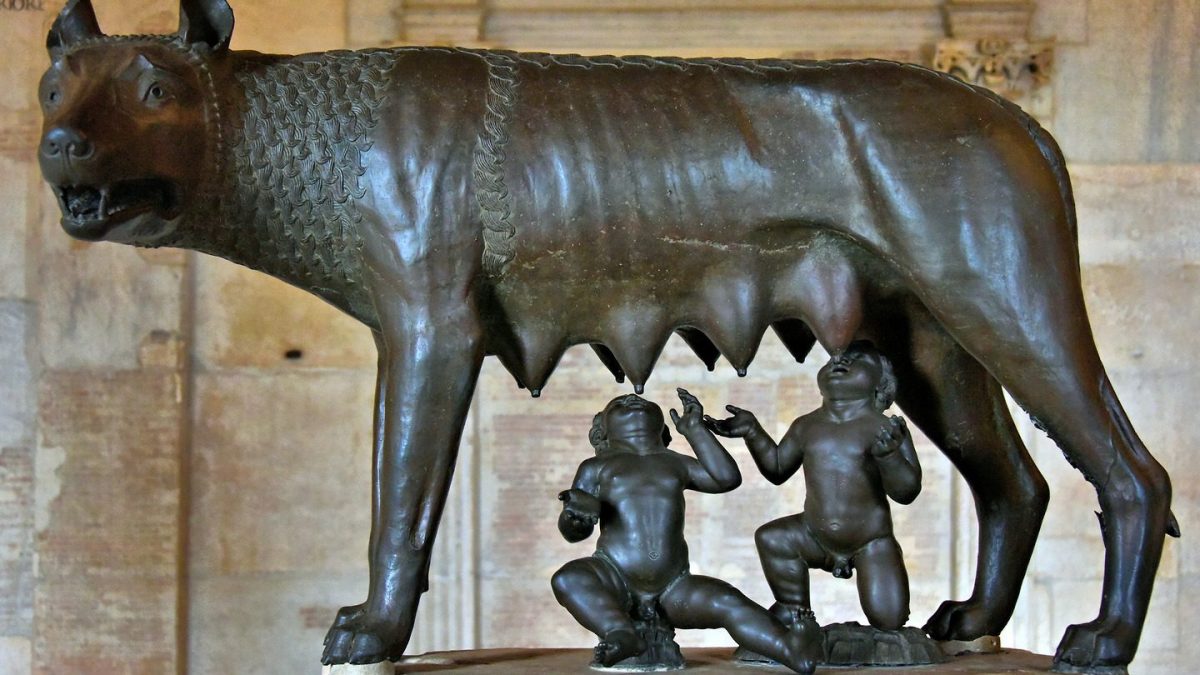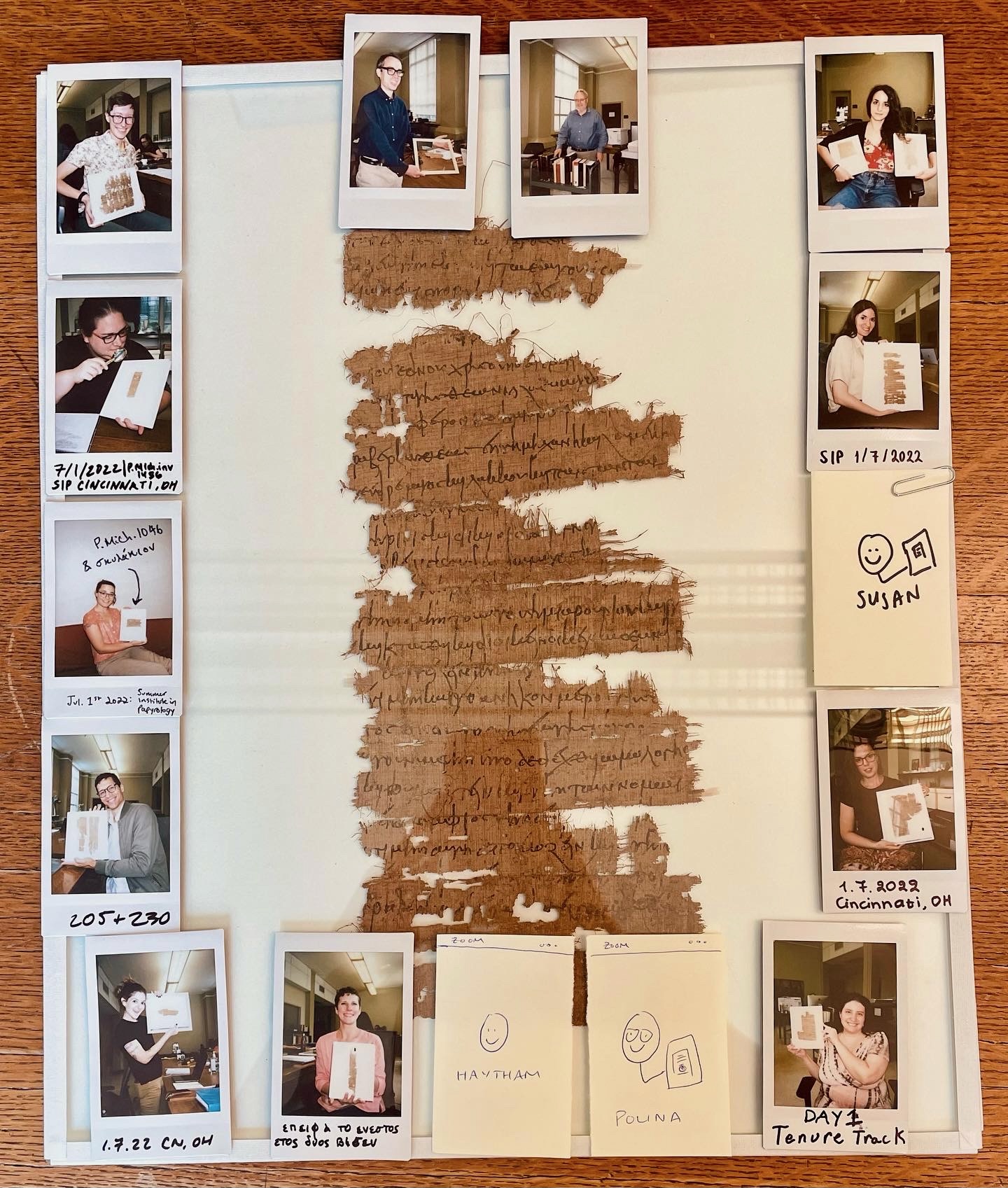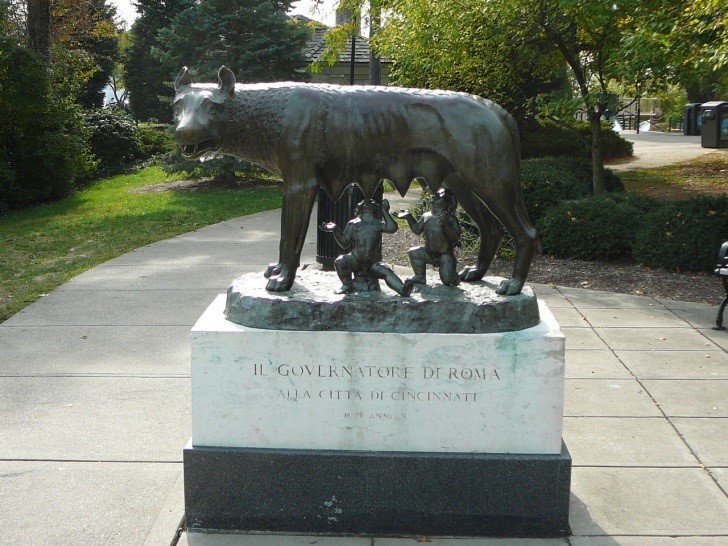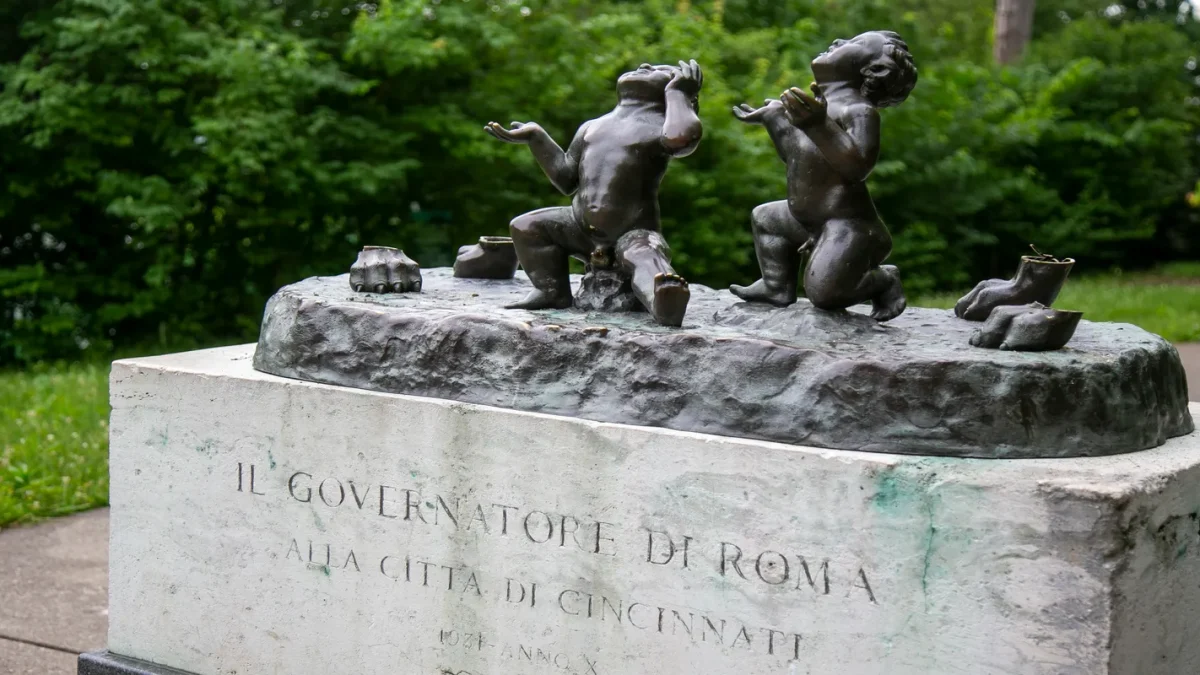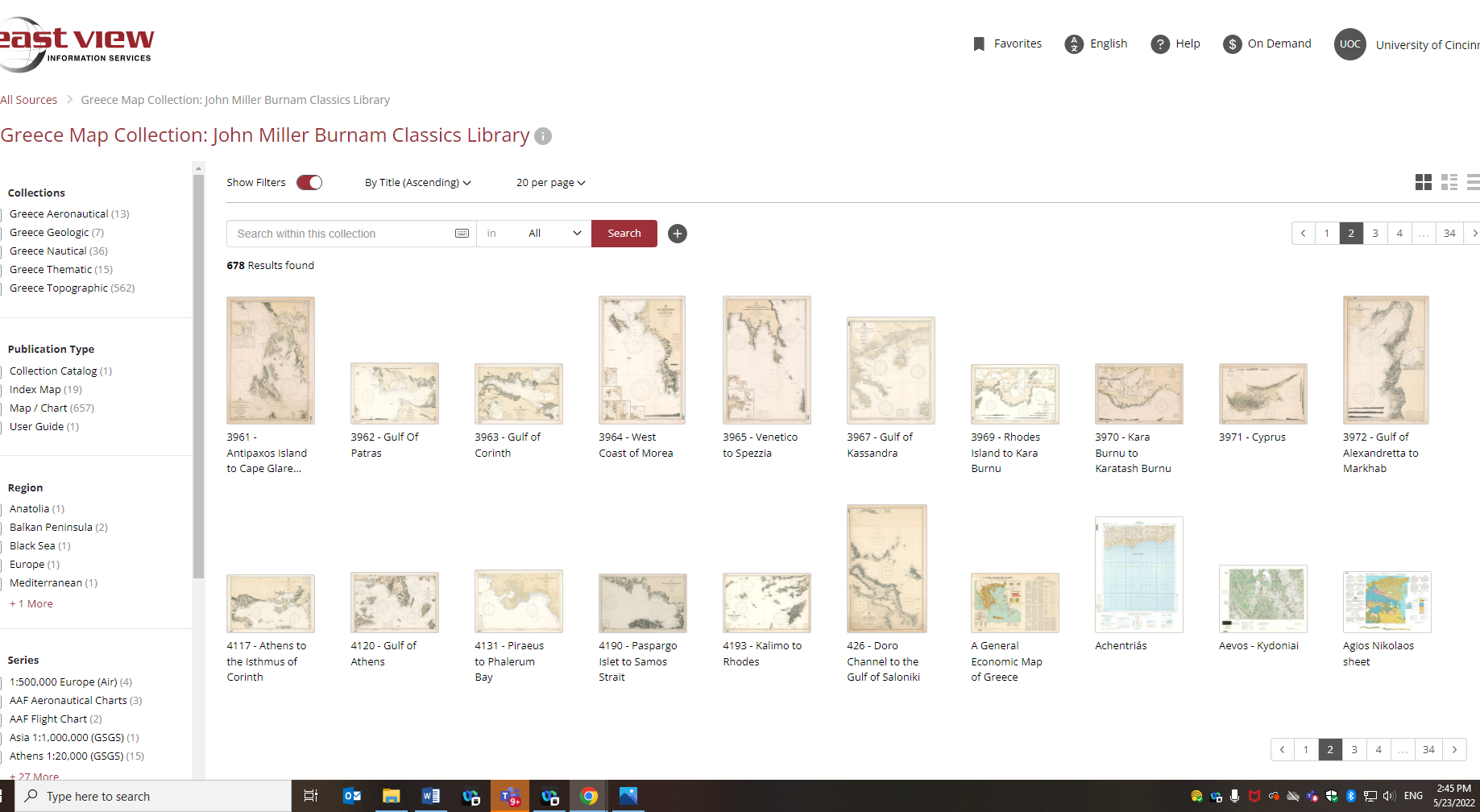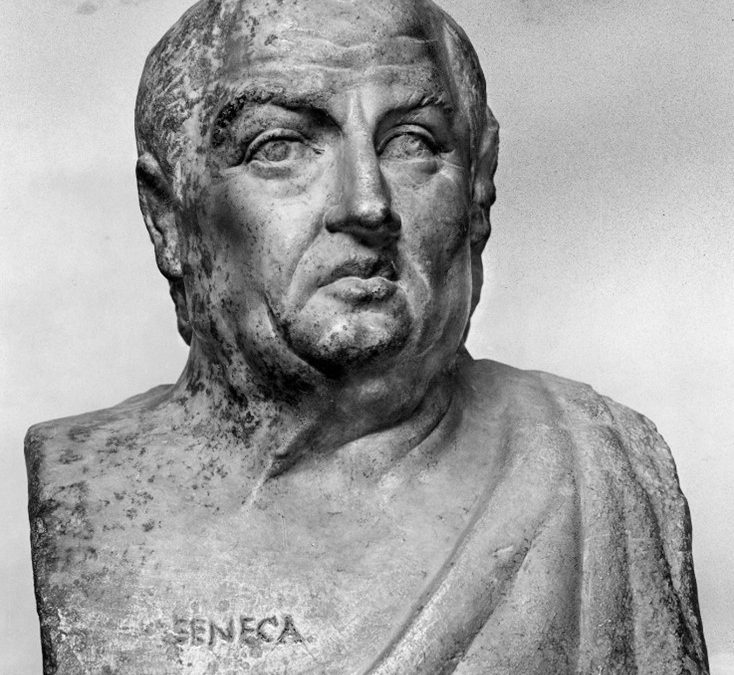
- After a hiatus because of a pandemic, the John Miller Burnam Classics Library is poised to host its third annual author celebration. The honoree this year is Seneca the Younger, author, politician, and Stoic philosopher. We aim to vary the format each year adapted to the author honored. With that in mind, this year we have organized a panel with leading experts on Seneca (James Romm, Bard, Gareth Williams, Columbia, Christopher Trinacty, Oberlin) discussing the curious case of a man promulgating a philosophy of mindfulness and reason while seemingly condoning the murderous behavior of a madman, Emperor Nero, whose advisor and amicus he was.
- The panel is followed by a presentation of an interdepartmental group of undergraduate students and their participation in an experiment entailing living like a Stoic for one week.
- As usual, there will be a music performance, this time with chamber music, and, also true to tradition, under the leadership of Yo Shionoya, a DMA candidate at CCM and long-time student worker in the Classics Library, who has chosen to perform works by Dmitri Shostakovich, a composer who had to balance his creative voice with the demands of another madman, Joseph Stalin.
- Also, as customary, there will be an exhibition featuring rare books, this time of the works of Seneca from the 16th and 17th centuries (below is a 1651 edition of his philosophical works), an incunabulum of the works of Tacitus, a chief source for the life of Seneca,
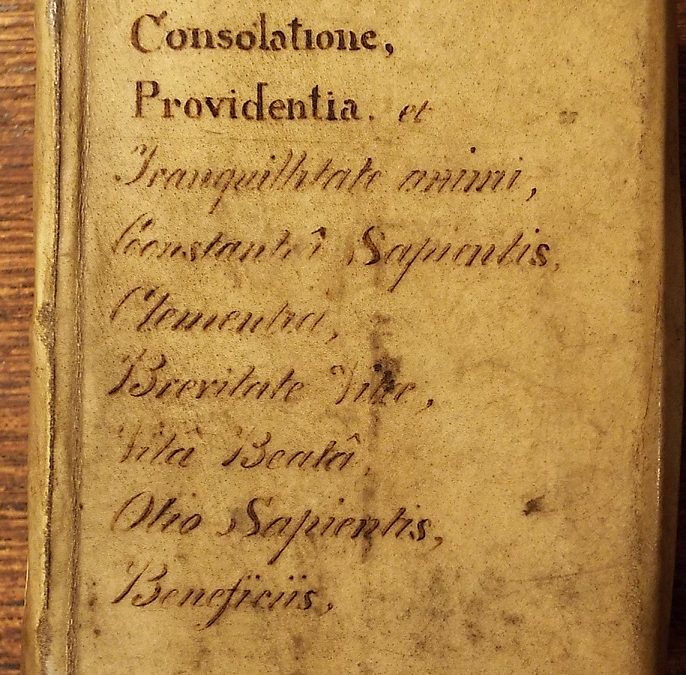
an original copper coin of Emperor Nero (the copper as below from 65 CE of Nero on the obverse and the closed door to the temple of Janus, symbolizing peace, on the reverse. The phrase S[ENATVS] – C[ONSVLTO on the reverse shows that the issuing of money was still the prerogative of the Senate),
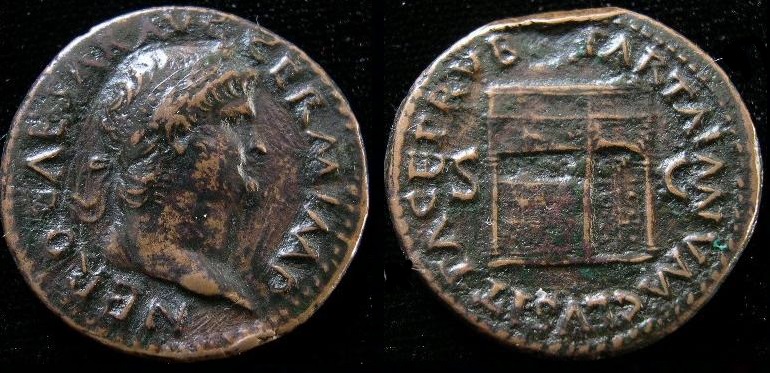
and a reception serving Mediterranean appetizers.

- For a special treat, Professor Romm will be signing his best-seller, Dying Every Day: Seneca at the Court of Nero.
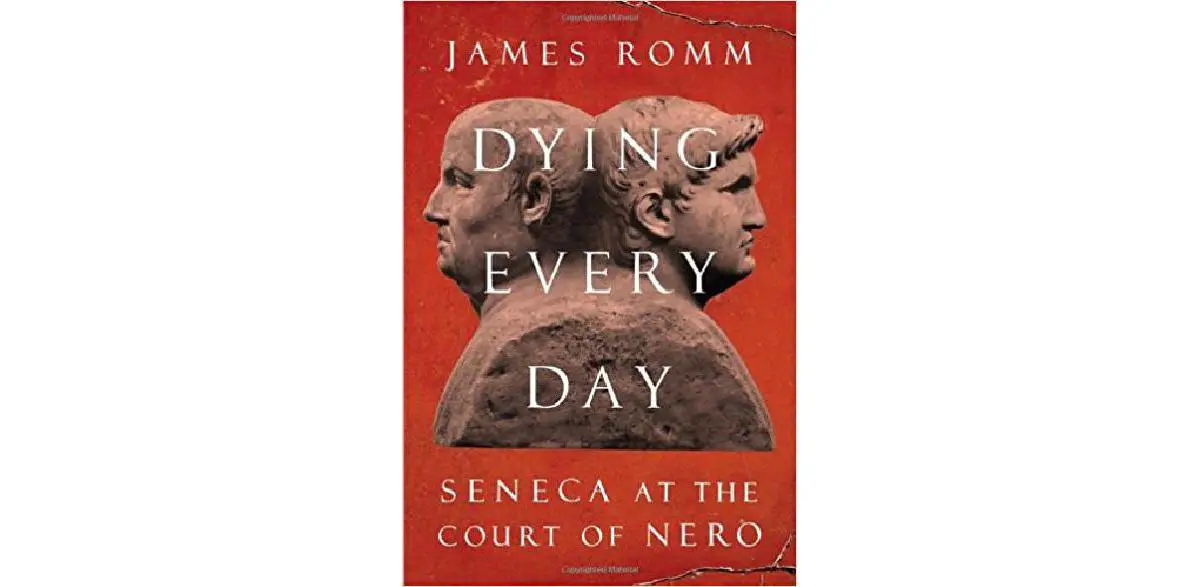
Place: Reading Room, John Miller Burnam Classics Library, Blegen Library building, 2602 University Circle, off of Clifton Ave.
Date: October 5, 2023
Time: 4:00 – c. 6:15 pm
For additional details, please download the program, flyer, and post below.

